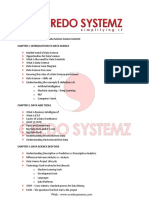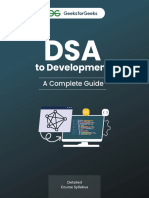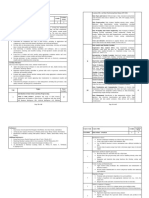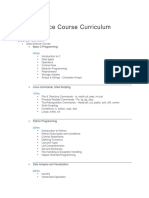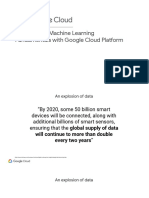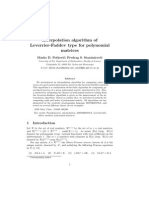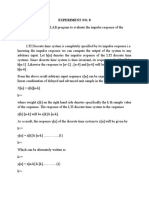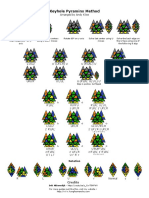0% found this document useful (0 votes)
78 views3 pagesUnit 1 - Week (1 - 4) : Planning and Thinking Skills For Architecting Data Science Solutions
This document outlines the curriculum for a data science training program organized into 6 units over 24 weeks. Unit 1 focuses on data science fundamentals like the types of analysis and modeling approaches. Unit 2 covers foundational analytics skills in Excel, Tableau, and Python/R. Unit 3 is about statistical modeling, probabilities, and exploratory data analysis. Unit 4 addresses data pre-processing techniques. Unit 5 covers data visualization and linear regression. Unit 6 teaches logistic regression, time series analysis, and other discriminative statistical models.
Uploaded by
Avijit MannaCopyright
© © All Rights Reserved
We take content rights seriously. If you suspect this is your content, claim it here.
Available Formats
Download as PDF, TXT or read online on Scribd
0% found this document useful (0 votes)
78 views3 pagesUnit 1 - Week (1 - 4) : Planning and Thinking Skills For Architecting Data Science Solutions
This document outlines the curriculum for a data science training program organized into 6 units over 24 weeks. Unit 1 focuses on data science fundamentals like the types of analysis and modeling approaches. Unit 2 covers foundational analytics skills in Excel, Tableau, and Python/R. Unit 3 is about statistical modeling, probabilities, and exploratory data analysis. Unit 4 addresses data pre-processing techniques. Unit 5 covers data visualization and linear regression. Unit 6 teaches logistic regression, time series analysis, and other discriminative statistical models.
Uploaded by
Avijit MannaCopyright
© © All Rights Reserved
We take content rights seriously. If you suspect this is your content, claim it here.
Available Formats
Download as PDF, TXT or read online on Scribd
/ 3










